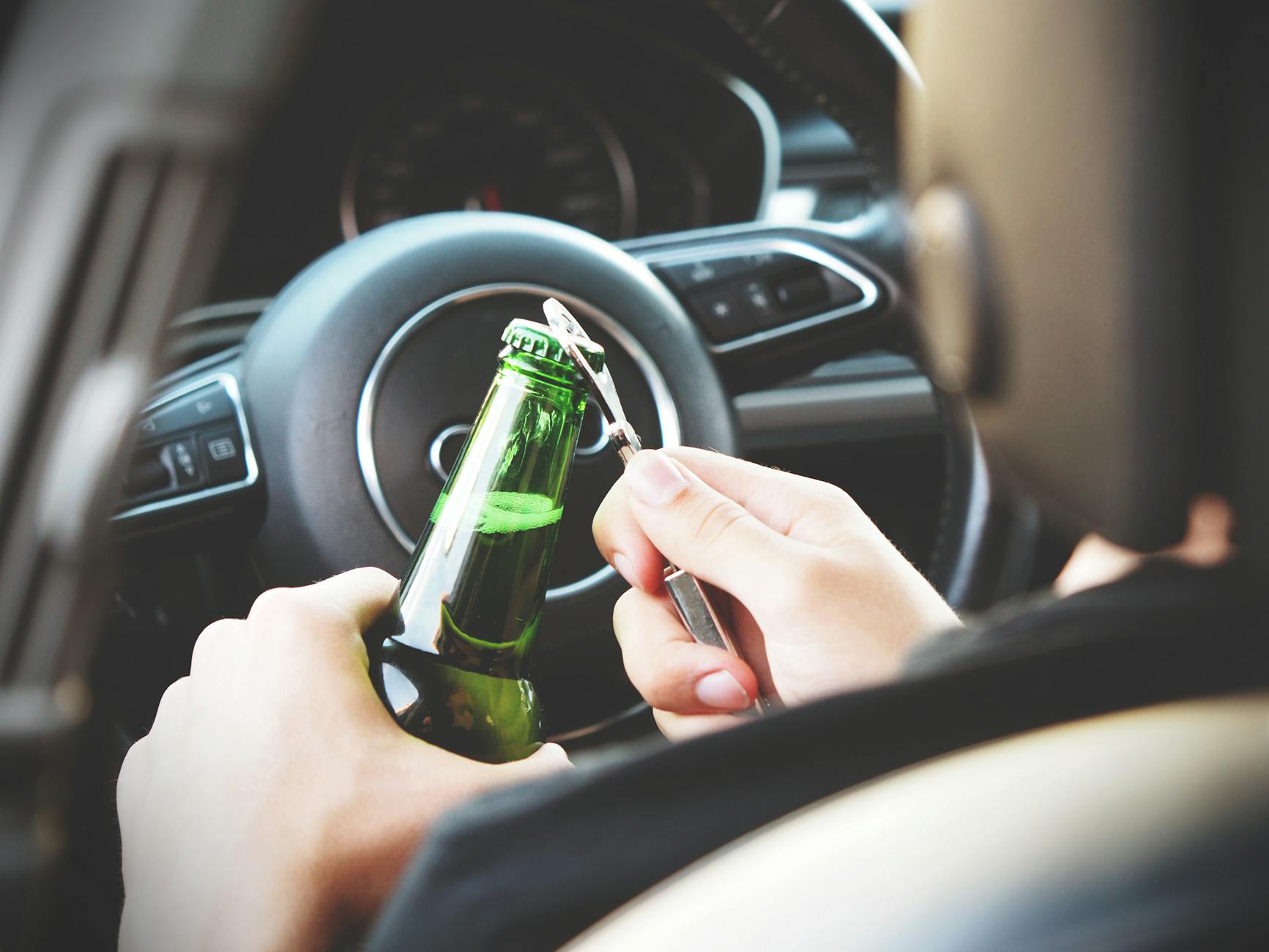Unraveling the mystery: the science behind alcohol intoxication and the surprisingly low number of beers needed to get drunk.
Table of Contents
Are you curious about the age-old question: ‘how many beers does it take to get drunk’? The answer to this question is not as straightforward as you might think. The level of intoxication one feels after consuming alcohol depends on a variety of factors, including alcohol metabolism, individual tolerance levels, and various other influences. In this comprehensive blog post, we will dive deep into the science behind alcohol intoxication to shed some light on this intriguing topic.
Understanding Alcohol Metabolism
Alcohol metabolism is a complex process that occurs in the liver. When you consume alcohol, enzymes in the liver, such as alcohol dehydrogenase and acetaldehyde dehydrogenase, work to break down the alcohol into acetaldehyde and then into acetic acid, which is eventually excreted from the body. The rate at which alcohol is metabolized can vary greatly from person to person.
Several individual factors can influence the speed at which alcohol is metabolized in the body. Age, gender, weight, and genetics all play a role in determining how quickly alcohol is broken down. For example, younger individuals tend to metabolize alcohol more slowly than older individuals, and women typically metabolize alcohol at a slower rate than men due to differences in body composition and enzyme activity.
Factors Influencing Intoxication Levels
Intoxication levels can be influenced by a variety of factors beyond just alcohol metabolism. The alcohol by volume (ABV) of the beer you are consuming plays a significant role in how drunk you may feel. Beers with higher ABV percentages will likely lead to faster intoxication compared to lower ABV beers. Additionally, the rate at which you consume alcohol and the presence of food in your stomach can affect intoxication levels.
Different types of beer can also impact how drunk you get. Light beers, which have lower alcohol content, may require you to consume more to reach the same level of intoxication as a craft beer with a higher ABV. It’s important to be aware of these factors when gauging how many beers it may take for you to feel drunk.
Individual Tolerance Levels and Responsible Drinking
Understanding your own tolerance levels is crucial when it comes to consuming alcohol responsibly. Everyone’s body processes alcohol differently, and it’s essential to know how alcohol affects you personally. By being mindful of your own tolerance levels, you can make informed decisions about how much alcohol you consume and avoid overindulgence.
Practicing responsible drinking habits is key to enjoying alcohol in a safe and controlled manner. Pacing yourself, staying hydrated, and eating before drinking can all help mitigate the effects of alcohol and reduce the risk of intoxication. It’s also important to know when to stop and recognize the signs of intoxication to prevent alcohol-related accidents or harm.
In conclusion, the answer to the question ‘how many beers does it take to get drunk?’ is not a one-size-fits-all answer. The level of intoxication one experiences after consuming alcohol is dependent on a multitude of factors, including alcohol metabolism, individual tolerance levels, and various other influences. By understanding these factors and practicing responsible drinking, you can enjoy alcohol safely and responsibly.
FAQs
In this FAQ section, we address some common questions related to the topic of alcohol intoxication and how many beers it takes to get drunk.
How many beers does it take to get drunk?
Answer 1: The number of beers needed to get drunk can vary depending on factors such as alcohol metabolism, individual tolerance levels, and the alcohol content of the beer. For some people, it may only take a few beers, while others may require more to reach the same level of intoxication.
Why do different types of beer impact intoxication levels?
Answer 2: Different types of beer have varying alcohol by volume (ABV) percentages, which can influence how quickly and intensely you feel drunk. Beers with higher ABV will generally lead to faster intoxication compared to lower ABV beers. It’s important to be aware of these differences when consuming alcohol.
What factors influence how alcohol is metabolized in the body?
Answer 3: Alcohol metabolism is influenced by several factors, including age, gender, weight, genetics, and enzyme activity. Younger individuals tend to metabolize alcohol more slowly than older individuals, and women typically metabolize alcohol at a slower rate than men due to physiological differences.
How can I drink alcohol responsibly?
Answer 4: To drink alcohol responsibly, it’s important to know your own tolerance levels, pace yourself, stay hydrated, and eat before drinking. Recognize the signs of intoxication and know when to stop. Practicing responsible drinking habits can help you enjoy alcohol safely and avoid the risks associated with overconsumption.
Generated by Texta.ai Blog Automation


Leave a Reply